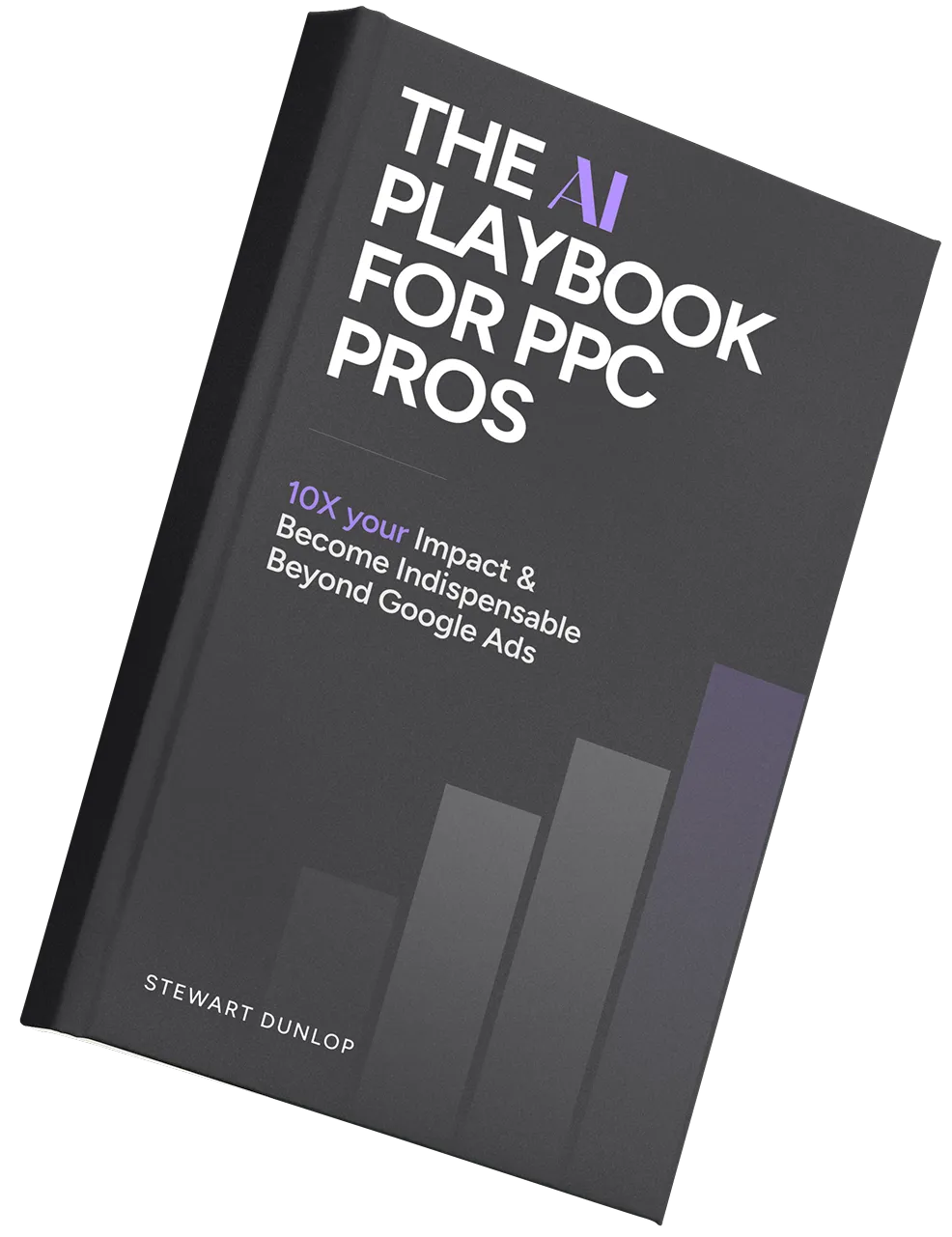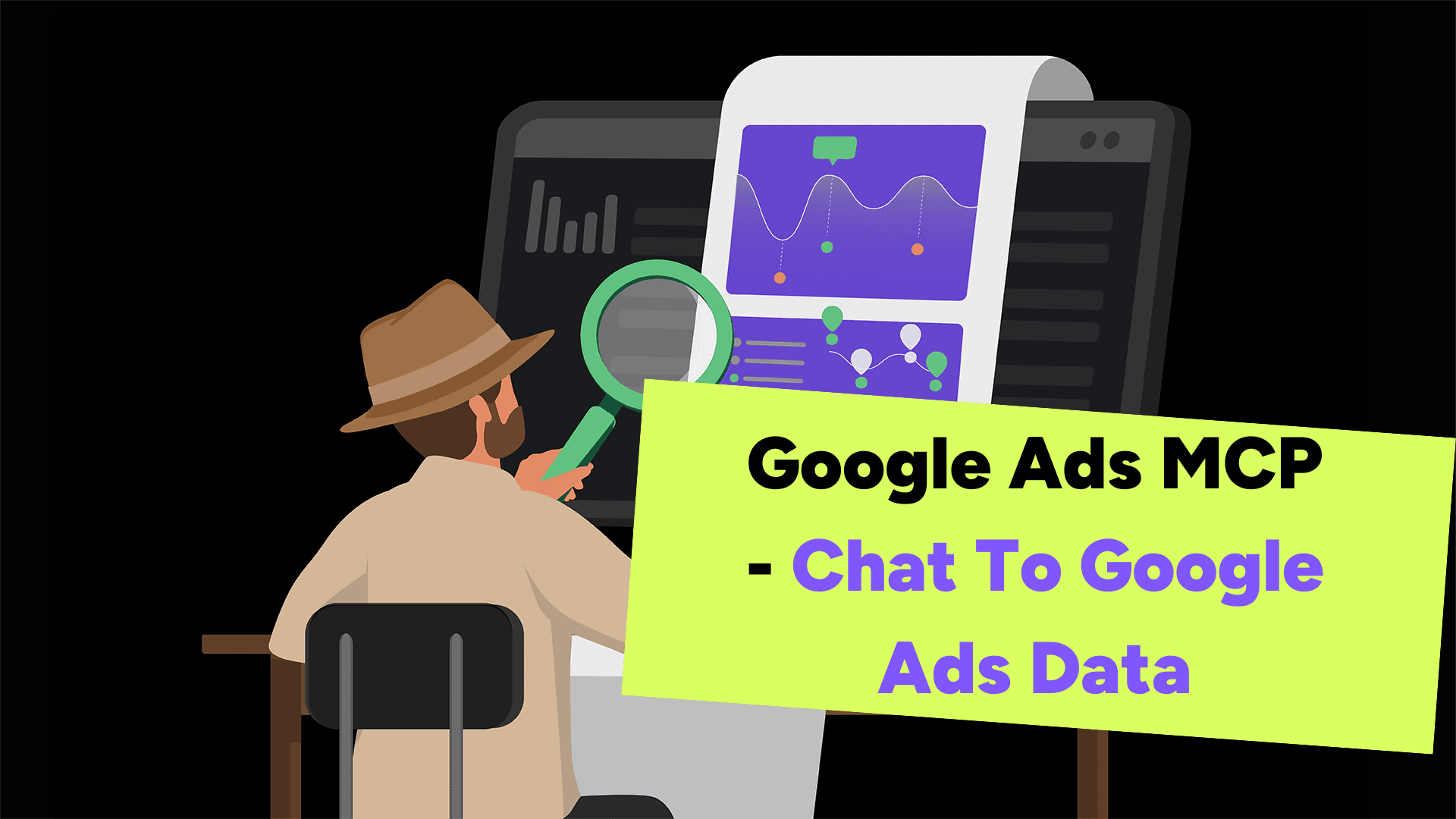
5 mins to Google Ads MCP 🤖
You'll have your entire Google ads account connected directly to Claude AI, where you can chat to all your Google ads data.
👉 This process only takes 5 minutes and requires zero technical skills.
P.S. To turn your Google ads MCP into a next-level PPC professional, grab our AI agent and workflows (they're 100% free)
In this article, we're going to show you to connect your Google ads account directly to Claude using MCP, so that you can chat with the data without having to even sign in to Google ads!
Usually, AI tools like Claude and ChatGPT can only talk to you directly. MCP lets it actually DO stuff on your other tools - It can now interact with your other tools.
MCP (modular command protocol) is the middleman that connects AI assistants like Claude or ChatGPT directly to your data and services. It solves a fundamental limitation of AI assistants - they're great at understanding and generating text, but on their own, they can't actually do anything with your real-world tools.
P.S. We wrote another guide on Facebook Ads MCP to do the same thing.
Imagine asking Claude questions like...
- "Which campaigns had the highest ROI last month?"
- "Show me ads with declining CTR"
- "Analyze my search term performance across all campaigns"
This is what we're going to do!
Why MCP is a Game-Changer
In the past, AI assistants were limited to:
- Answering questions based on their training data
- Writing content like emails or reports
- Giving you instructions on how to do things
But with MCP, Claude can now:
- Directly access your Google Ads account data
- Analyze performance metrics in real-time
- Visualize trends across your campaigns
- Provide insights based on your actual advertising data
MCP creates a standardized way for Claude to communicate with external services like Google Ads, eliminating the complex "glue code" that developers previously needed to build for each integration.
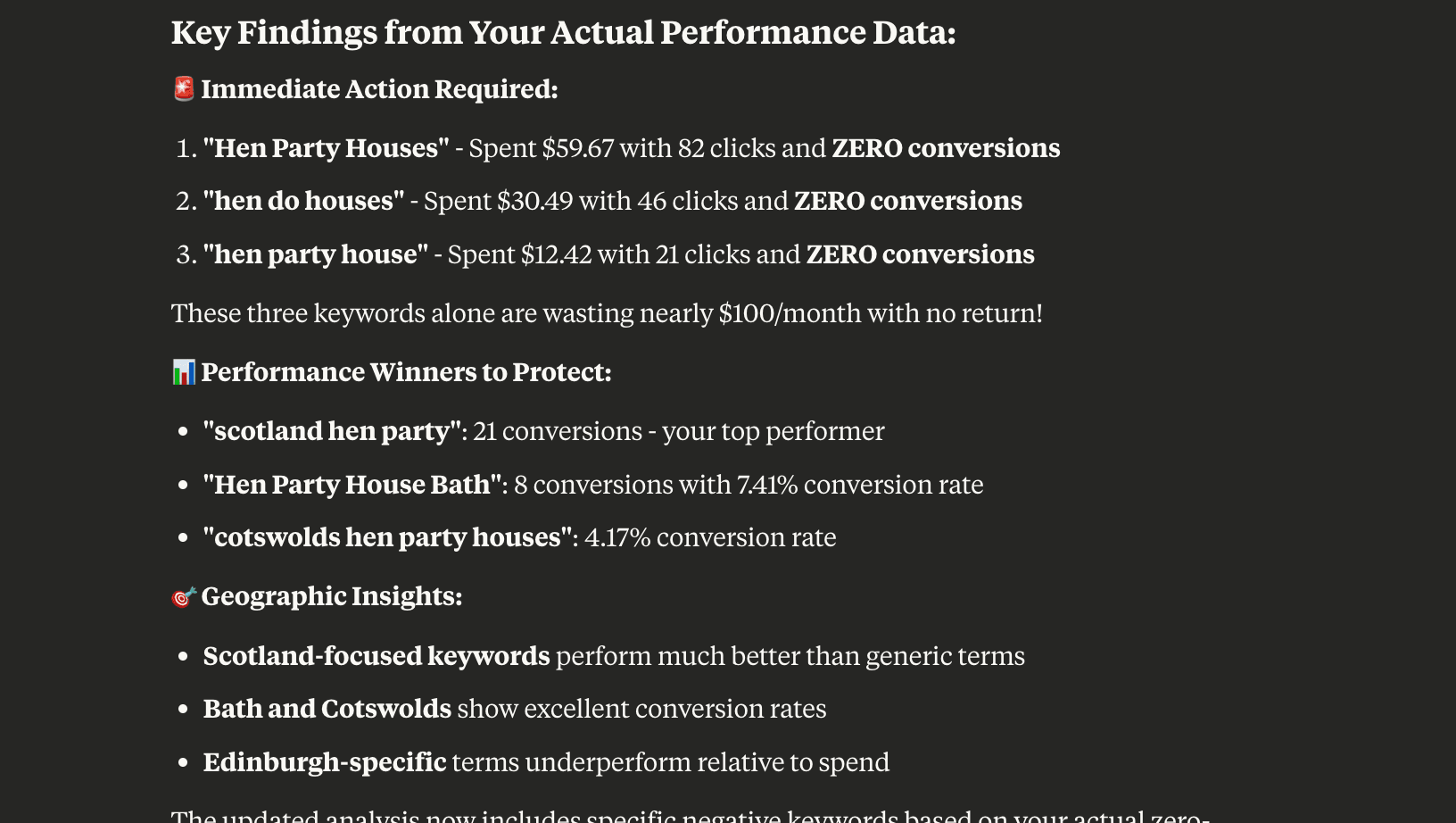
Above is a screenshot from my own Claude account, where I asked it to figure out which keywords were performing badly.
What this means for you
Without getting technical, MCP means you can now have conversations with your Google Ads data through Claude. Instead of jumping between dashboards and downloading reports, you can simply ask questions like "Which campaigns had the highest CTR last month?" or "Show me ads with declining performance" and get immediate, intelligent responses.
This guide will walk you through setting up this powerful connection between Claude and your Google Ads account. Once configured, you'll have an AI marketing assistant that can analyze your advertising performance through natural conversation.
What You'll Need Before Starting
- 5 minutes of time 🕰️
- Claude AI account
- Google Ads account with administrative access
- Zapier account
Google Ads AI Agents
We're building some insane Google Ads agents.
👉 Join our waitlist for early access - PPC.io/waitlist
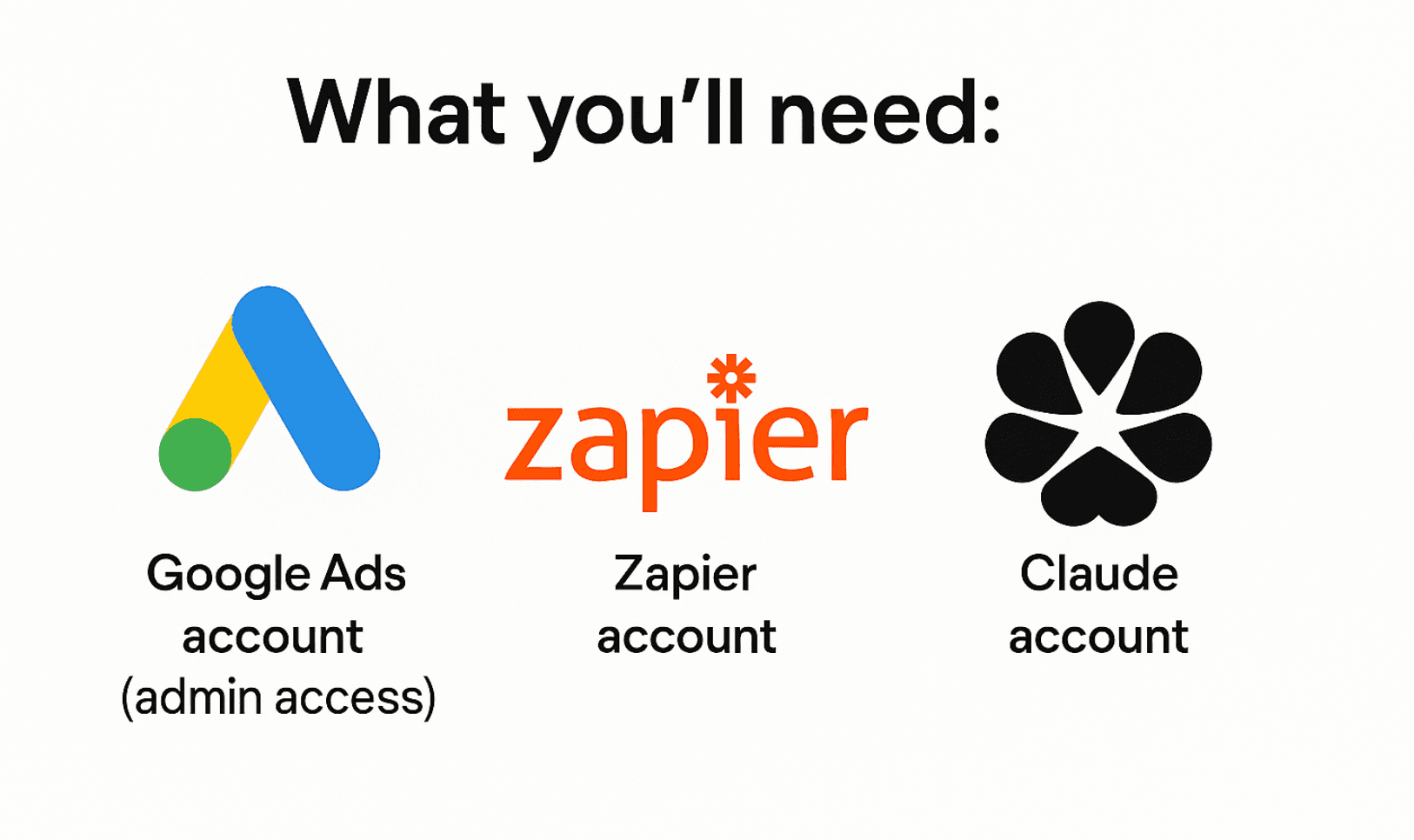
Step 1: Open Claude Integrations
Open Claude in your browser, and navigate to settings by clicking on your name.
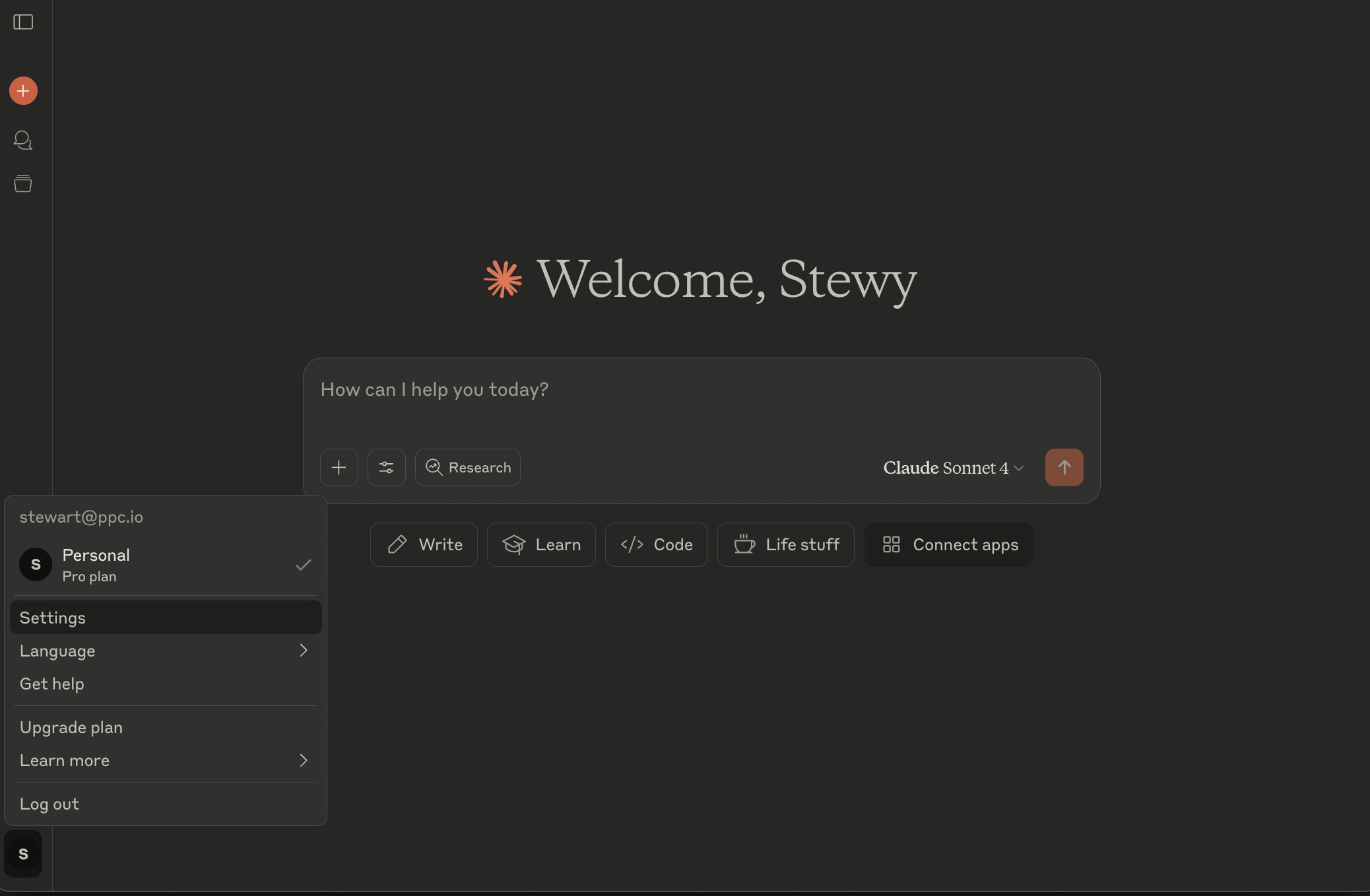
Now click on the integrations tab and you should see something like this:
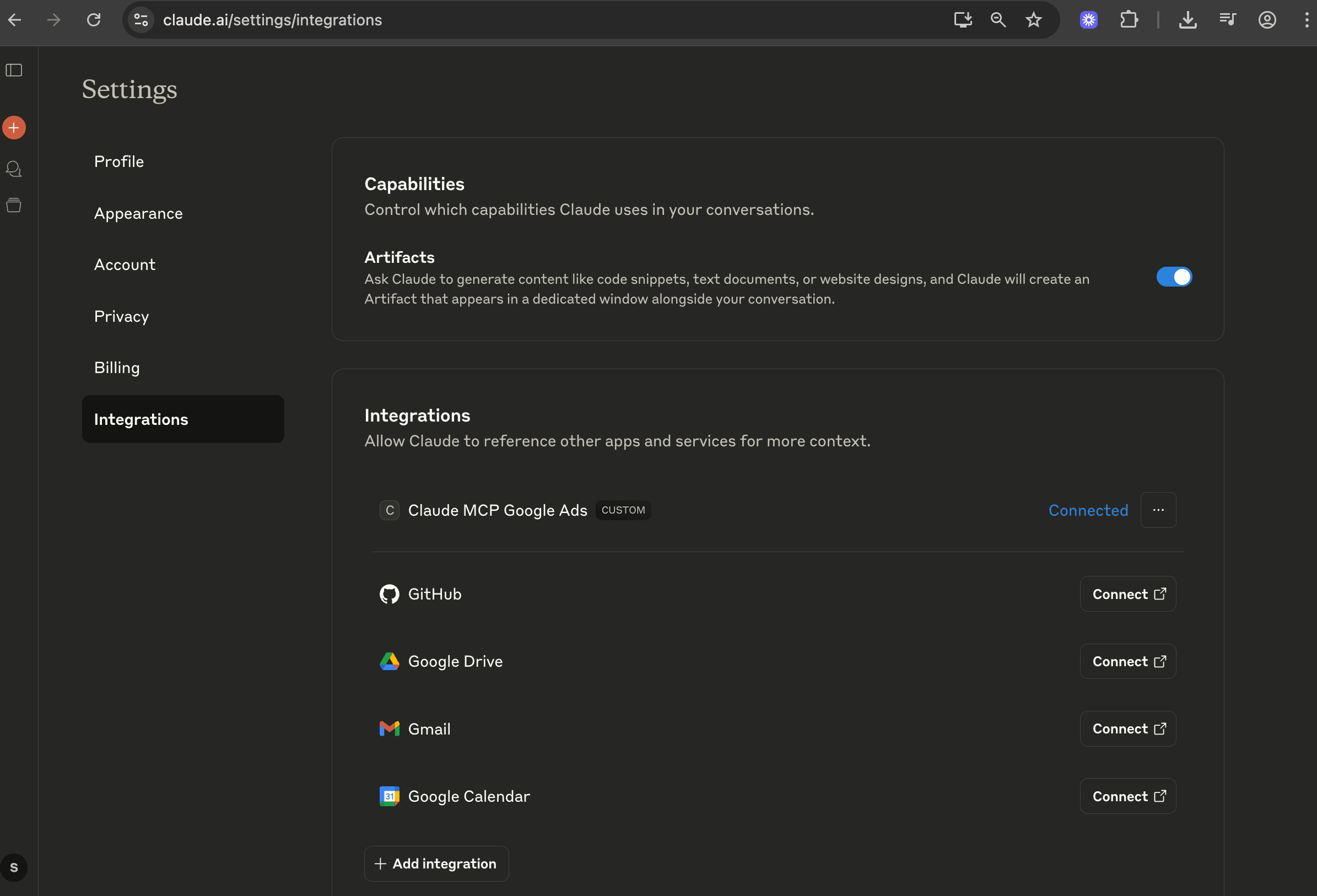
Now click on "Add integration" and you'll see some highlighted text that says "pre-built ones"
Click on this!
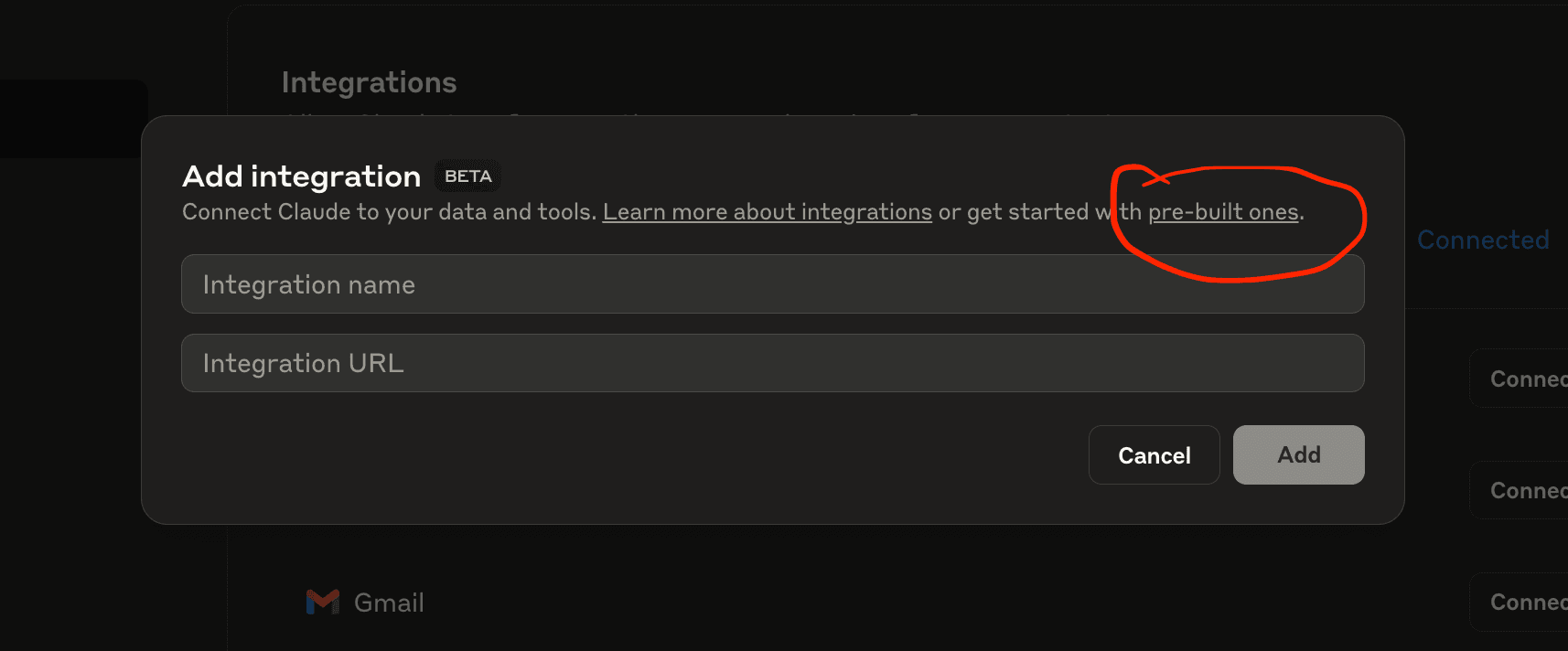
Step 2: Zapier Set Up
If you clicked on the page through to Anthropic, you'll see a list of options.
Scroll down to Zapier and go through to MCP.Zapier.com.
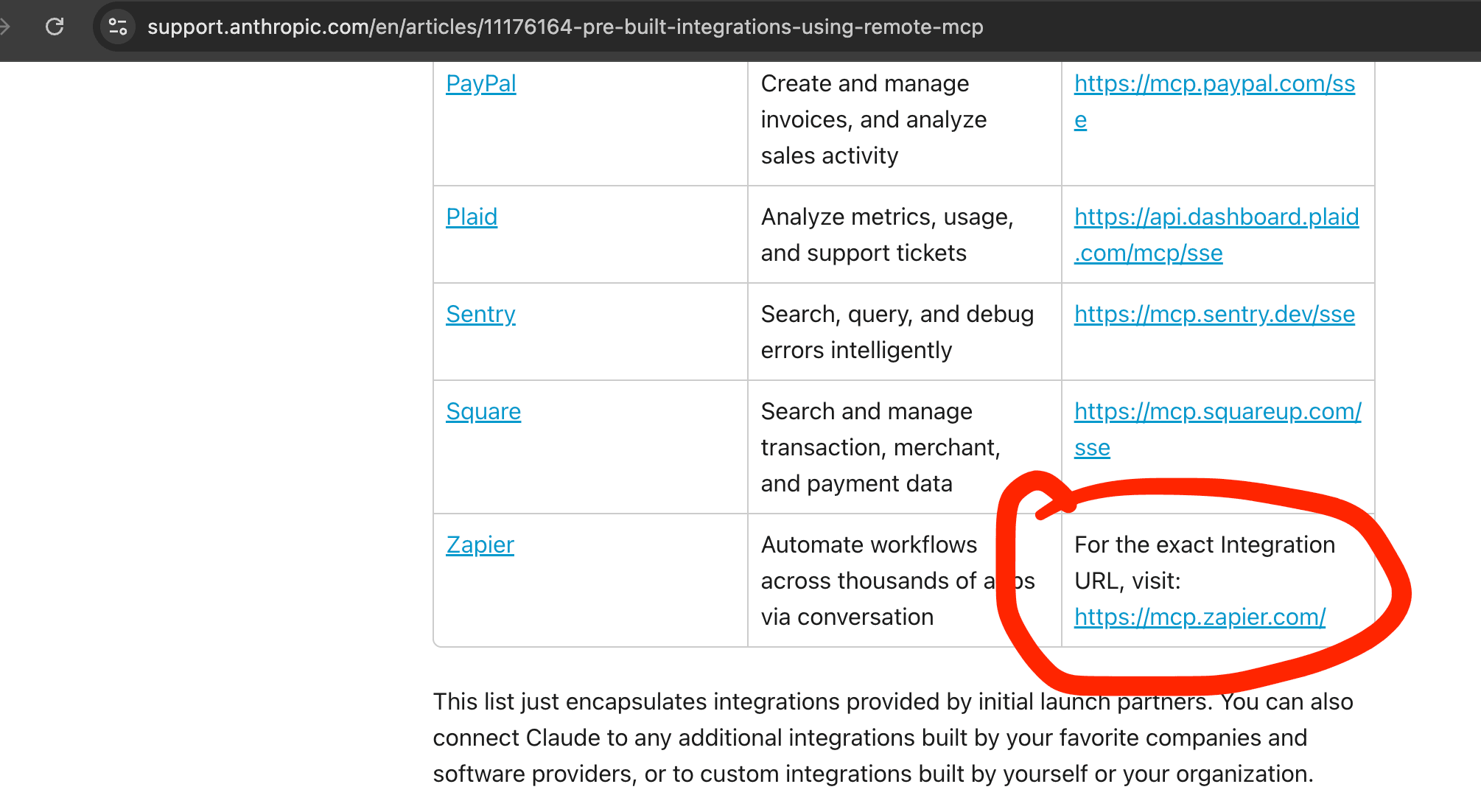
Next, hit "New MCP Server" and scroll down and select Claude.
Create a server and name it whatever you like.
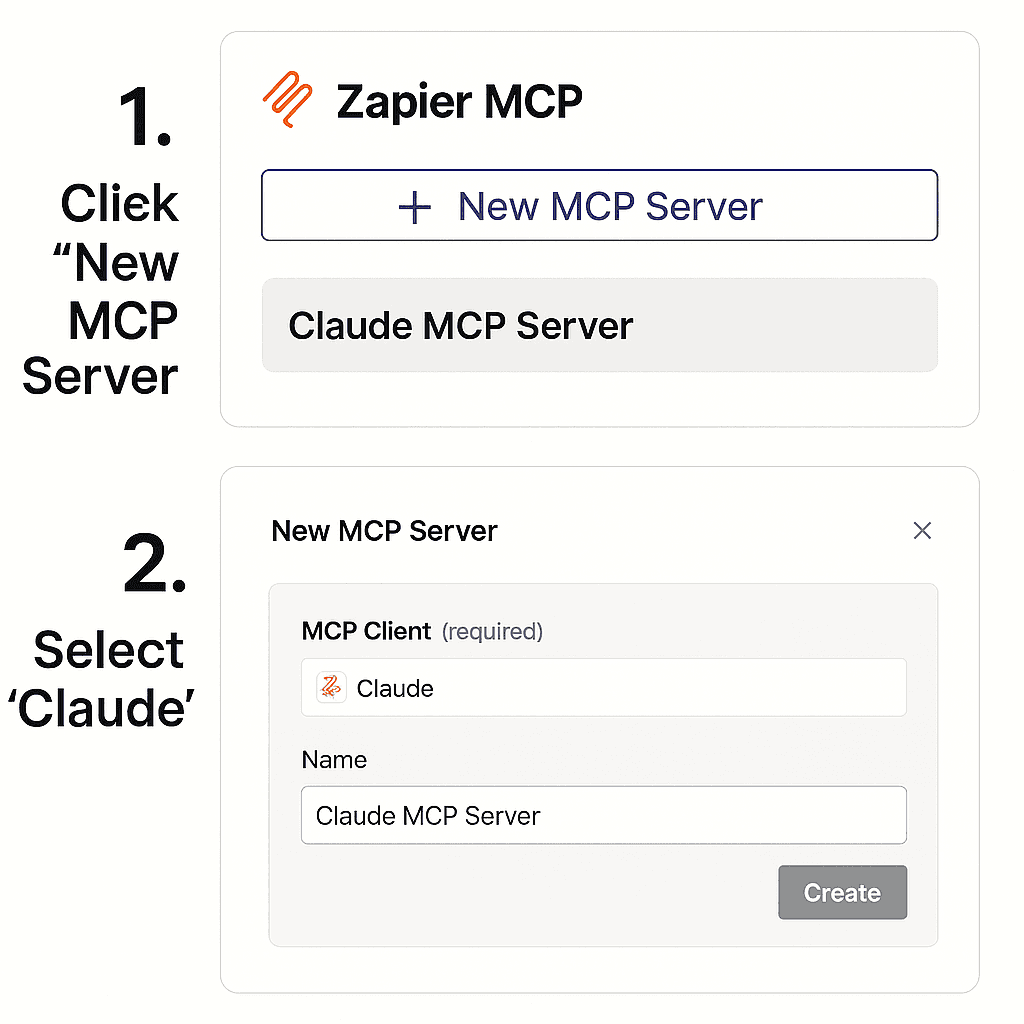
Next, you just need to click on 'Add tools' and connect Google ads.
This is straightforward following the options below.
Once you've gone through and connected your desired Google ads account, you'll see it's all connected to your account.
Nearly there - Just 1 more minute to complete!
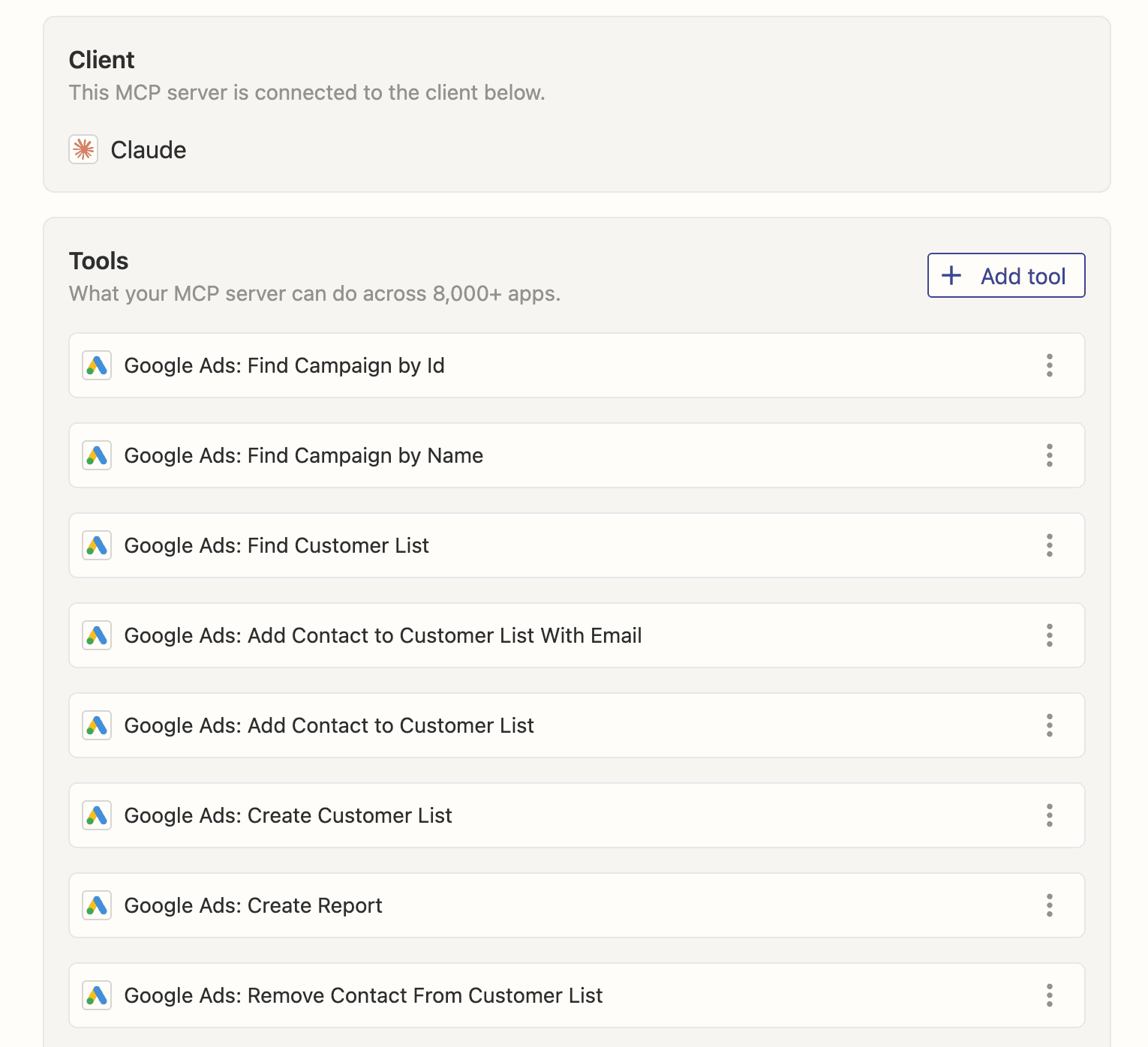
Step 3: Connect to Claude
Next, click on the 'Configure' stage within Zapier at the top.
You'll see an integration URL appear here in Zapier that you can copy.
All you need to do is go back to https://claude.ai/settings/integrations and add your Integration.
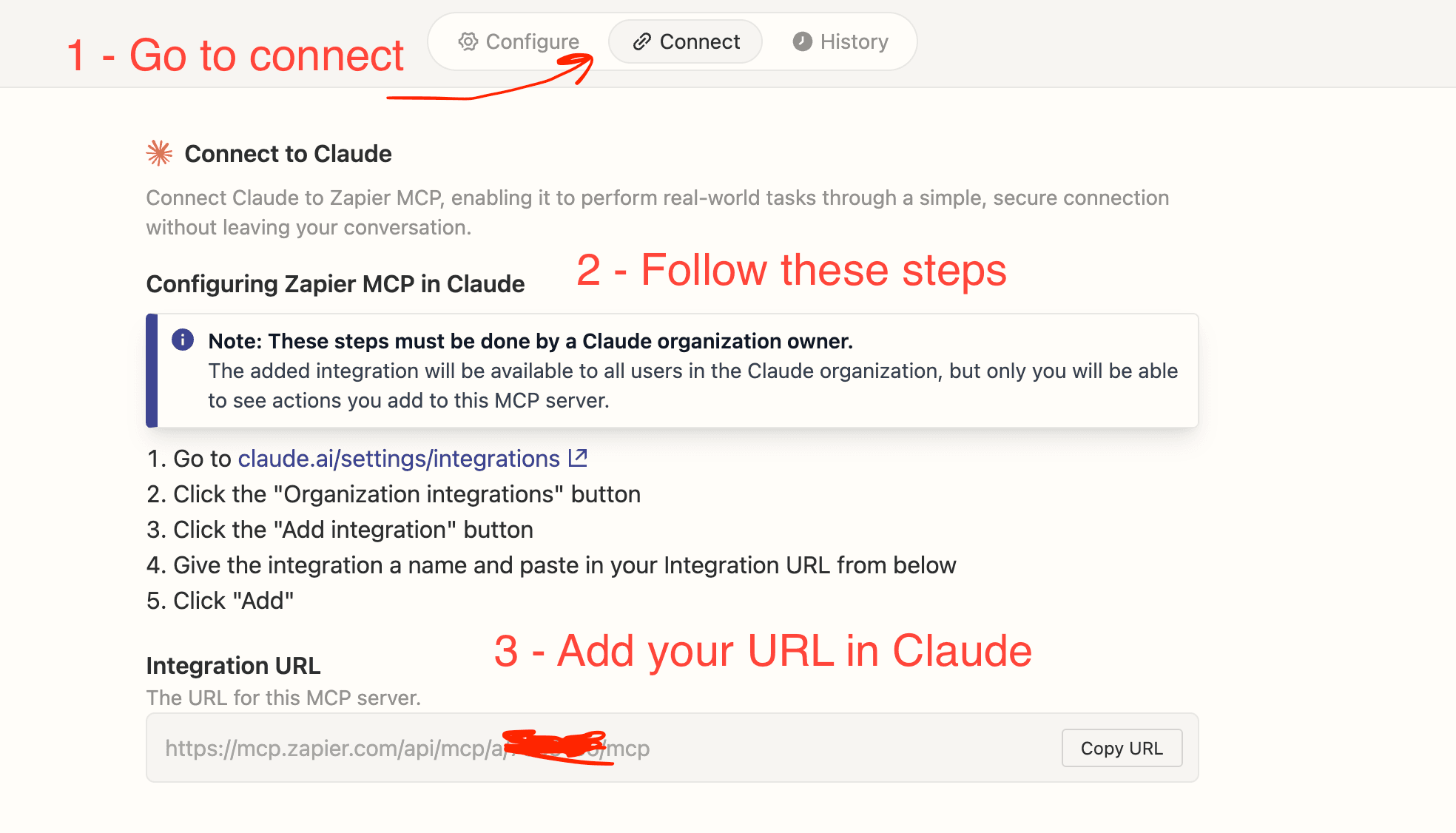
Just add the URL like I've shown you below.
That's it - WE'RE DONE!
You should now see it's all connected within your Claude integrations.
You can now ask Claude any question about your Google ads account and it can literally go into your Google ads and extract data.
Step 4: Start Using Claude with Google Ads!
Once you have MCP connected, I strongly recommend testing out our free workflows & prompts.
We've tested these rigorously and they yield some incredible results.
Now you're finally ready to start playing around!
Just open any new chat with Claude inside your browser and explore the possibilities.
P.S. If you prefer to use ChatGPT, we've got a separate guide on connecting Google ads to ChatGPT.
Below are some prompt ideas that you can feed into Claude now that your Google ads data is connected:
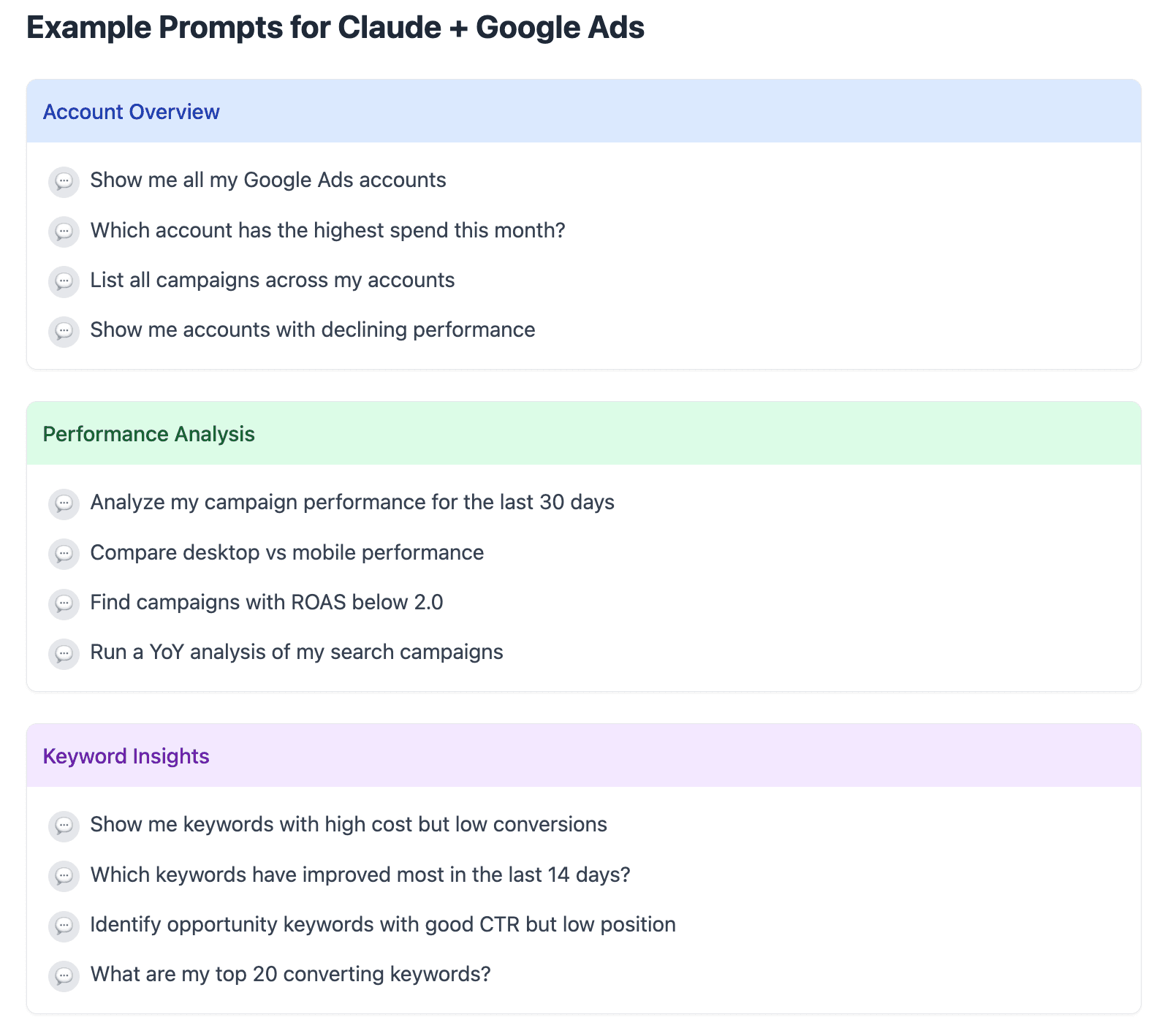
We also made our own internal list of PPC prompts 100% free and public.
Also, since Claude is elite at coding, one of our favorite exercises is to firstly have Claude audit our Google ads account, and then ask Claude what specific Google ad scripts it suggests for our account.
Not only that, but once you have a list of potential scripts to run on your account, you can even have Claude write the script code out for you and later test and debug.
Having trouble?
If you're having trouble getting this all connected and set up, or you would rather a solution that does this all for you, don't worry, we've got you covered.
Join our waitlist at PPC.io/waitlist - we are building the World's best AI tool for PPC professionals.
